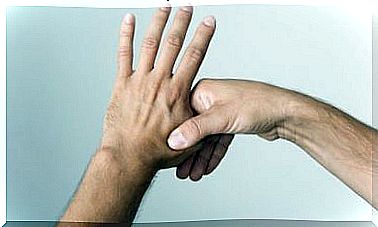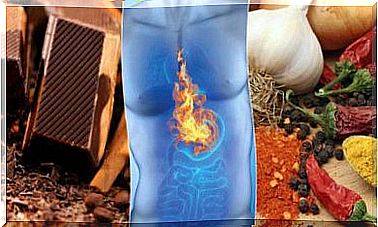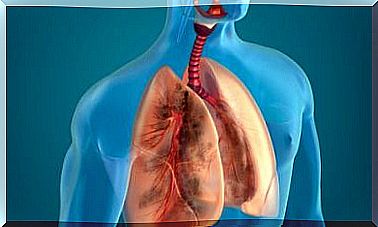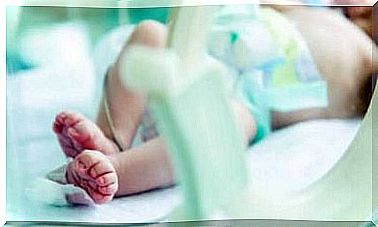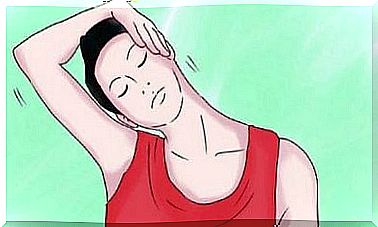How To Detect A Blood Clot In The Leg
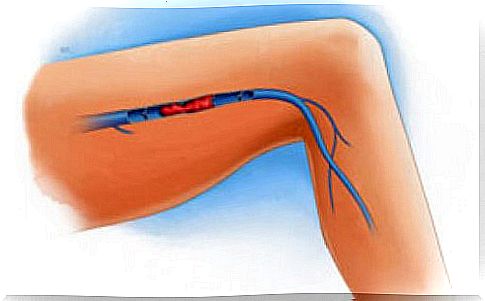
Poor blood circulation is dangerous because it can cause a blood clot, which stops the blood flow completely. What can you do to avoid it? And how do you detect a blood clot in time?
Read on here for the answer so you always know if you have cause for concern or not.
What is a blood clot?
A blood clot is a blockage of the blood in a vein. The plug is often deep and almost always occurs in areas where blood flow is worst, such as the calves and thighs.
The danger of a blood clot in a vein is that it can detach and move with the blood flow to an artery.
Blood clots mostly affect older people, but younger people can also get blood clots, especially if others in the family have had them and if they eat unhealthily.
Blood clots or thrombosis are more likely to loosen if they are located in the upper legs or thighs. It is important to keep an eye on your health and rather go to the doctor once too much than once too little.
Symptoms of blood clots in the leg
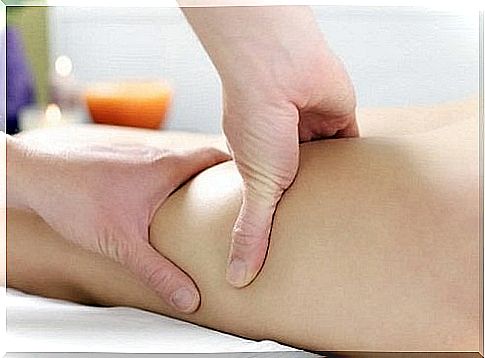
What symptoms should you be looking for if you suspect you have a blood clot in your leg? First of all, there are two types of venous thrombosis: superficial and deep, the latter of which carries a higher risk of complications.
Superficial venous thrombosis
This type of blood clot is easily recognizable. You will find that the vein is enlarged and looks like a string. It will be hard, blue and painful to the touch. This type is therefore easily visible and very painful. The area will often feel hot and the heat will be accompanied by an almost unbearable pressure, especially late in the day. Be careful with this type of blood clot because in addition to being the first step on the road to a more severe deep vein thrombosis, the condition can also lead to infection, or phlebitis.
Deep vein thrombosis
Unfortunately, deep blood clots often go unnoticed. Be aware of the following symptoms:
- An intense pressure around swollen varicose veins.
- An almost unbearable feeling of warmth.
- A tingling sensation that goes up the leg to the groin.
- The leg feels hard and stiff to the touch.
- If the skin becomes bluish or very pale, it may mean that the blood may have difficulty reaching the leg.
Can a venous thrombosis be prevented?
Blood clots can be prevented with lifestyle changes. Hereditary factors combined with unhealthy lifestyle, such as poor diet or obesity are in many cases the cause.
If you are in the danger zone, or if several in your family have had a blood clot, it is time to put all your efforts into preventing the disease:
- Exercise daily. Walk for half an hour a day. It will help a lot along the way. Swimming or cycling are two more options.
- Take cold showers.
- Avoid salt in your diet as well as sugar, fat, soda, and white refined flour… all foods that contribute to poor circulation.
- Drink plenty of fluids, preferably water.
- If in doubt, always consult your doctor. In any case, you should follow the doctor’s advice .
